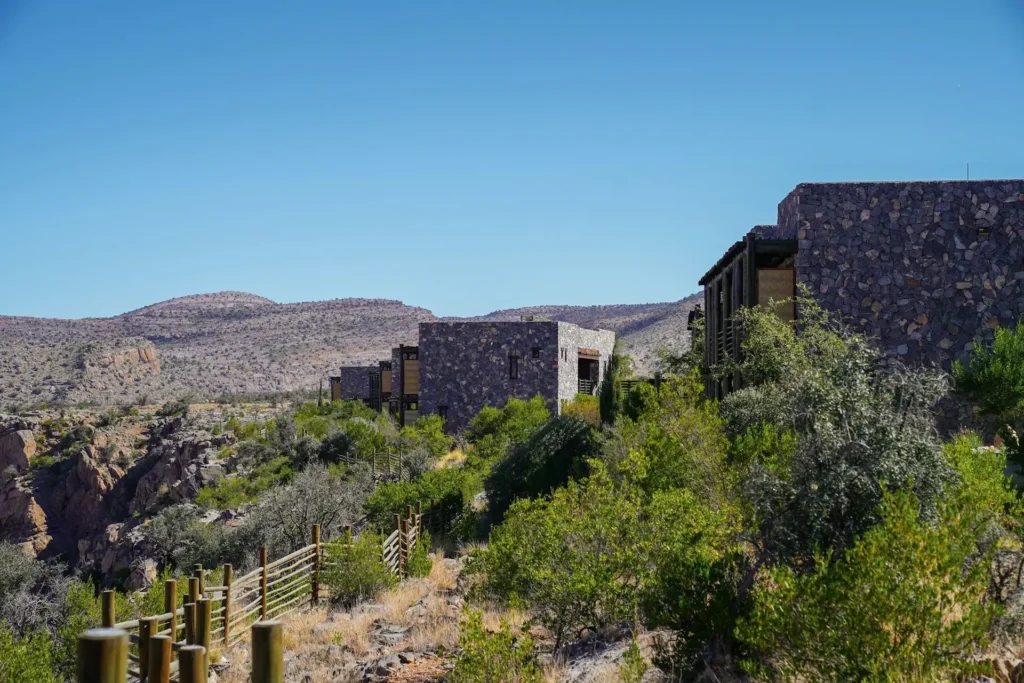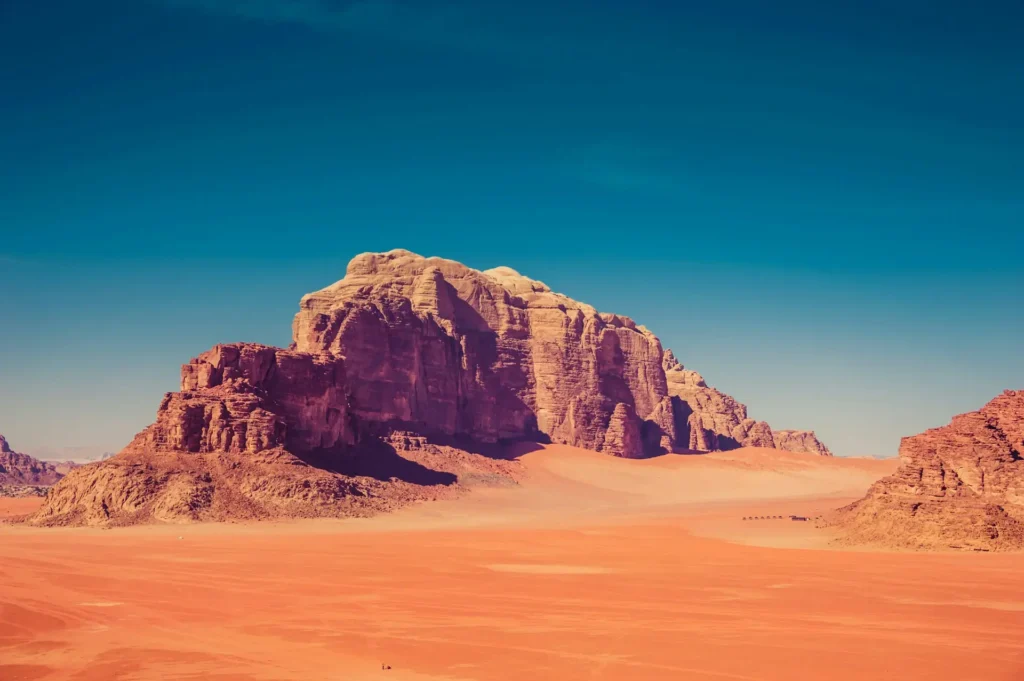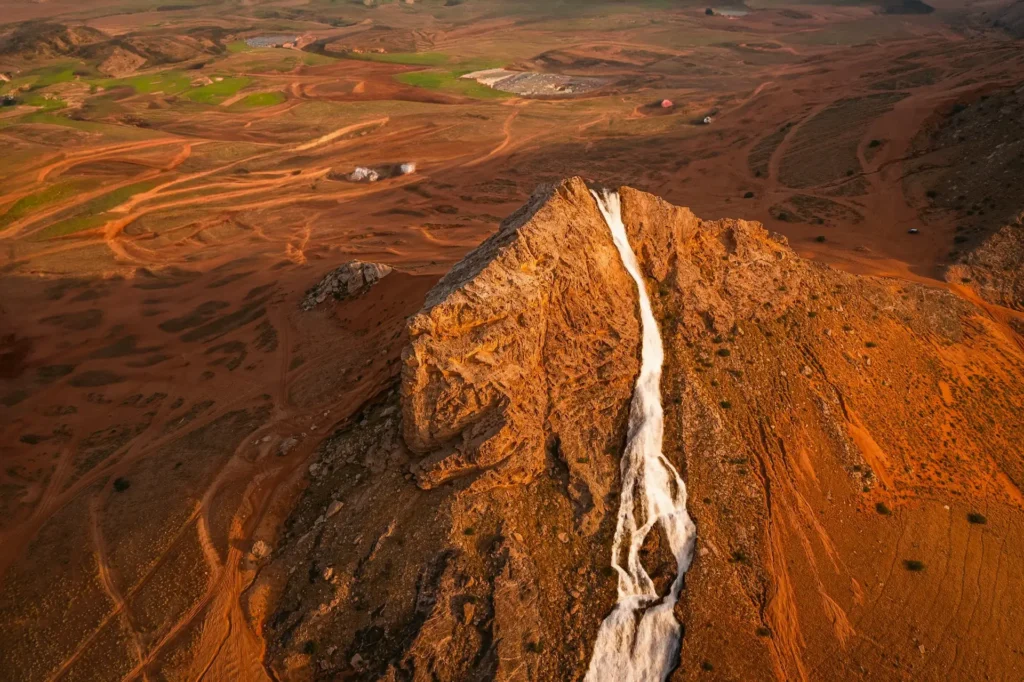Imagine standing atop a pristine desert dune, the golden sun setting over a landscape untouched by time. Now, picture being part of a movement that protects such beauty for generations to come. This is the promise of eco-tourism in the Middle East—a region often misunderstood but brimming with natural wonders and cultural treasures.
As a traveler, you have the power to make a difference. By choosing sustainable travel options, you can preserve the environment, support local communities, and create unforgettable memories. Eco-tourism in the Middle East is not just a trend; it’s a growing movement reshaping how we explore this vibrant region.
This article will guide you through the rise of eco-tourism in the Middle East, highlighting the best destinations and offering practical tips to travel sustainably. Let’s embark on a journey that not only enriches your life but also protects the planet.
What is Eco-Tourism and Why Does It Matter?
Eco-tourism is more than just a buzzword; it’s a commitment to responsible travel. It involves visiting natural areas in a way that conserves the environment, sustains local communities, and promotes education and awareness.
Why does eco-tourism matter?
- Protects Fragile Ecosystems: From coral reefs to deserts, the Middle East is home to unique ecosystems that need preservation.
- Supports Local Economies: By choosing eco-friendly options, you directly contribute to the livelihoods of local communities.
- Reduces Carbon Footprint: Sustainable travel practices help minimize the environmental impact of tourism.
According to the Global Eco-tourism Network, eco-tourism has grown by 20% annually in recent years, with the Middle East emerging as a key player. This growth reflects a global shift towards more conscious travel choices.
The Rise of Eco-Tourism in the Middle East
The Middle East is often associated with luxury and opulence, but beneath the surface lies a region of untapped natural beauty and a growing commitment to sustainability.
A Region of Untapped Natural Beauty
The Middle East boasts diverse landscapes that cater to every type of traveler:
- Deserts: The golden sands of Wadi Rum in Jordan and the rolling dunes of Oman’s Wahiba Sands.
- Mountains: Oman’s Jabal Akhdar, known as the “Green Mountain,” offers breathtaking hiking trails.
- Marine Ecosystems: The UAE’s mangroves and coral reefs are havens for marine life.
Government Initiatives Driving Sustainable Travel
Governments in the region are taking significant steps to promote eco-tourism:
- UAE’s Vision 2030: A roadmap for sustainable tourism, focusing on renewable energy and eco-friendly infrastructure.
- Saudi Arabia’s Green Initiative: Ambitious projects like NEOM aim to create a carbon-neutral city.
- Oman’s Conservation Efforts: The country has implemented strict policies to protect its natural heritage.
Growing Awareness Among Travelers
The post-pandemic world has seen a surge in eco-conscious travel. Travelers are increasingly seeking authentic, low-impact experiences that align with their values. This shift has propelled the Middle East into the spotlight as a prime destination for sustainable travel.
Top Eco-Tourism Destinations in the Middle East
If you’re wondering where to start your sustainable journey, here are some of the best eco-tourism destinations in the Middle East:
Oman – The Jewel of Arabian Sustainability

Oman is a pioneer in eco-tourism, offering a blend of natural beauty and cultural richness.
- Jabal Akhdar: Perfect for hiking enthusiasts, this mountain range is dotted with eco-lodges that prioritize sustainability.
- Ras al Jinz Turtle Reserve: Witness the magical sight of sea turtles nesting on the shores of the Arabian Sea.
- Wahiba Sands: Experience the desert responsibly with eco-friendly camps and guided tours.
Jordan – Where History Meets Nature

Jordan seamlessly combines ancient history with stunning landscapes.
- Petra: Explore this UNESCO World Heritage Site with eco-conscious tour operators.
- Dana Biosphere Reserve: A haven for biodiversity, offering hiking trails and eco-lodges.
- Wadi Rum: Stay in sustainable eco-camps and immerse yourself in the beauty of the desert.
UAE – Luxury Meets Sustainability

The UAE is redefining luxury travel by integrating sustainability into its tourism offerings.
- Dubai: From sustainable resorts to green initiatives, Dubai is leading the way in eco-friendly luxury.
- Abu Dhabi’s Mangrove National Park: Kayak through serene mangroves and spot diverse wildlife.
- Sharjah: Known for its eco-tourism projects, Sharjah offers a glimpse into the region’s natural and cultural heritage.
How to Travel Sustainably in the Middle East
Traveling sustainably doesn’t have to be complicated. Here are some practical tips to ensure your journey is eco-friendly:
Choose Eco-Friendly Accommodations
- Look for hotels and lodges with eco-certifications.
- Examples:
- Six Senses Zighy Bay (Oman): A luxury resort committed to sustainability.
- Feynan Eco-Lodge (Jordan): Powered by solar energy and deeply connected to the local community.
Support Local Communities
- Buy locally made products and souvenirs.
- Hire local guides to gain authentic insights into the culture and environment.
Minimize Your Environmental Impact
- Carry a reusable water bottle and avoid single-use plastics.
- Respect wildlife and natural habitats by following guidelines and regulations.
- Opt for low-carbon transportation options, such as walking, cycling, or using public transport.
The Future of Eco-Tourism in the Middle East
The future of eco-tourism in the Middle East looks promising, with several trends and opportunities on the horizon.
Emerging Trends
- Eco-Lodges and Sustainable Resorts: The demand for eco-friendly accommodations is on the rise.
- Renewable Energy in Tourism: Hotels and resorts are increasingly adopting solar and wind energy.
- Digital Nomadism: Remote workers are flocking to eco-friendly destinations, blending work and travel.
Challenges to Overcome
- Balancing tourism growth with environmental conservation remains a challenge.
- Educating travelers about sustainable practices is crucial for long-term success.
Opportunities for Growth
- Collaboration between governments, NGOs, and private sectors can drive innovation.
- Leveraging technology, such as virtual reality, can promote eco-tourism without physical travel.
Conclusion:
The Middle East is a region of unparalleled beauty and cultural richness. By choosing eco-tourism, you can help protect its treasures while experiencing its wonders in a meaningful way.
Sustainable travel isn’t just a choice; it’s a responsibility. Let’s make every journey count.
Ready to explore the Middle East sustainably? Start planning your eco-friendly adventure today and be part of a movement that protects our planet for future generations.
FAQ about Eco-Tourism in the Middle East
What is eco-tourism in the Middle East?
Eco-tourism in the Middle East refers to sustainable travel practices that focus on conserving the region’s natural and cultural heritage while supporting local communities.
Which Middle Eastern country is best for eco-tourism?
Oman, Jordan, and the UAE are leading the way in eco-tourism, offering diverse landscapes and sustainable travel options.
How can I travel sustainably in the Middle East?
Choose eco-friendly accommodations, support local businesses, and minimize your environmental impact by reducing waste and respecting nature.
Why is eco-tourism important in the Middle East?
Eco-tourism helps protect the region’s fragile ecosystems, supports local economies, and promotes cultural preservation.
What are some eco-friendly activities in the Middle East?
Hiking in Oman’s mountains, exploring Jordan’s biosphere reserves, and kayaking in UAE’s mangroves are great eco-friendly activities.
